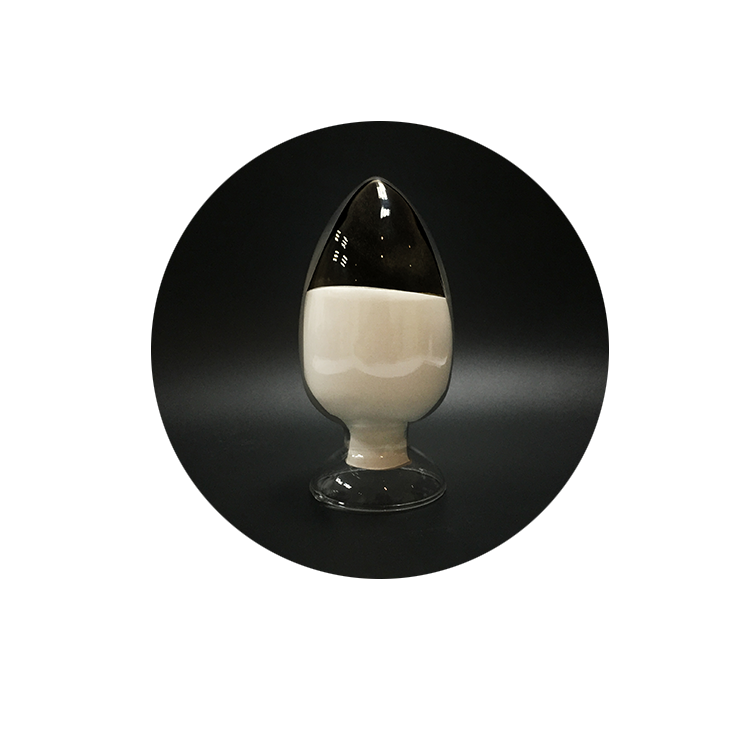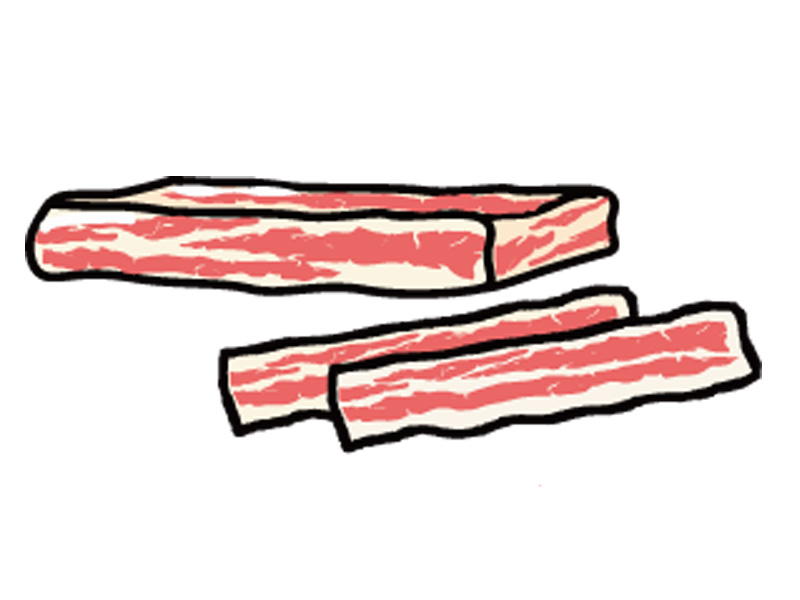The Function of Glucose Oxidase
1. The function of glucose oxidase
Gluconic acid can promote the production of large amounts of short-chain fatty acids, the main source of energy for intestinal microbes in chyme. By optimizing the structure of the flora in the intestinal tract, the health of the animal's intestinal tract and immunity can be improved. Studies have shown that adding glucose oxidase can reduce the number of escherichia coli and Salmonella in piglet manure, and significantly increase the number of lactic acid bacteria in the stomach and ileum of piglets.
Gluconic acid in glucose oxidase is an organic acid that can lower the pH of the gastrointestinal tract, stimulate gastrointestinal motility, improve gastrointestinal motility, activate endogenous enzymes, facilitate the uniform mixing of chyme and digestive enzymes, and improve the utilization of nutrients. Adding 0.5% glucose oxidase can significantly reduce the pH value of the ileum and jejunum, and have a significant impact on the posterior intestinal tract.
Adding glucose oxidase can increase the height of duodenum and jejunum villi, reduce the depth of crypts, increase the activity of endogenous enzymes such as amylase, lipase and trypsin, and improve the digestibility of nutrients in chyme.
In addition, glucose oxidase function includes an antibiotic-like effect. In vitro antibacterial tests show that glucose oxidase can effectively inhibit the growth of E. coli and Salmonella. Adding glucose oxidase to broiler feed showed that it can effectively improve daily weight gain and feed-to-meat ratio, and glucose oxidase can effectively replace antibiotics.
2. Application of glucose oxidase in poultry, eggs and meat
Glucose oxidase can quickly relieve toxin poisoning in the prevention and treatment of animal diseases, especially mycotoxin poisoning; it can assist medicine, increase curative effect, and speed up recovery. The compound glucose oxidase preparation can quickly relieve bacterial toxins and intracellular toxin poisoning in animals, and especially the therapeutic effect on mycotoxin poisoning is better than drugs such as nystatin.
There is no contraindication to antibiotics, and synergistic antibiotics can increase the efficacy and speed up recovery. High temperature resistant pelleting is suitable for pellet feed processing and production. It is used to effectively prevent and treat diseases caused by Salmonella. It is better than antibiotics without antibiotic resistance or residual harm. It is especially suitable for the production and processing of high-standard poultry, eggs and meat in developed countries.



